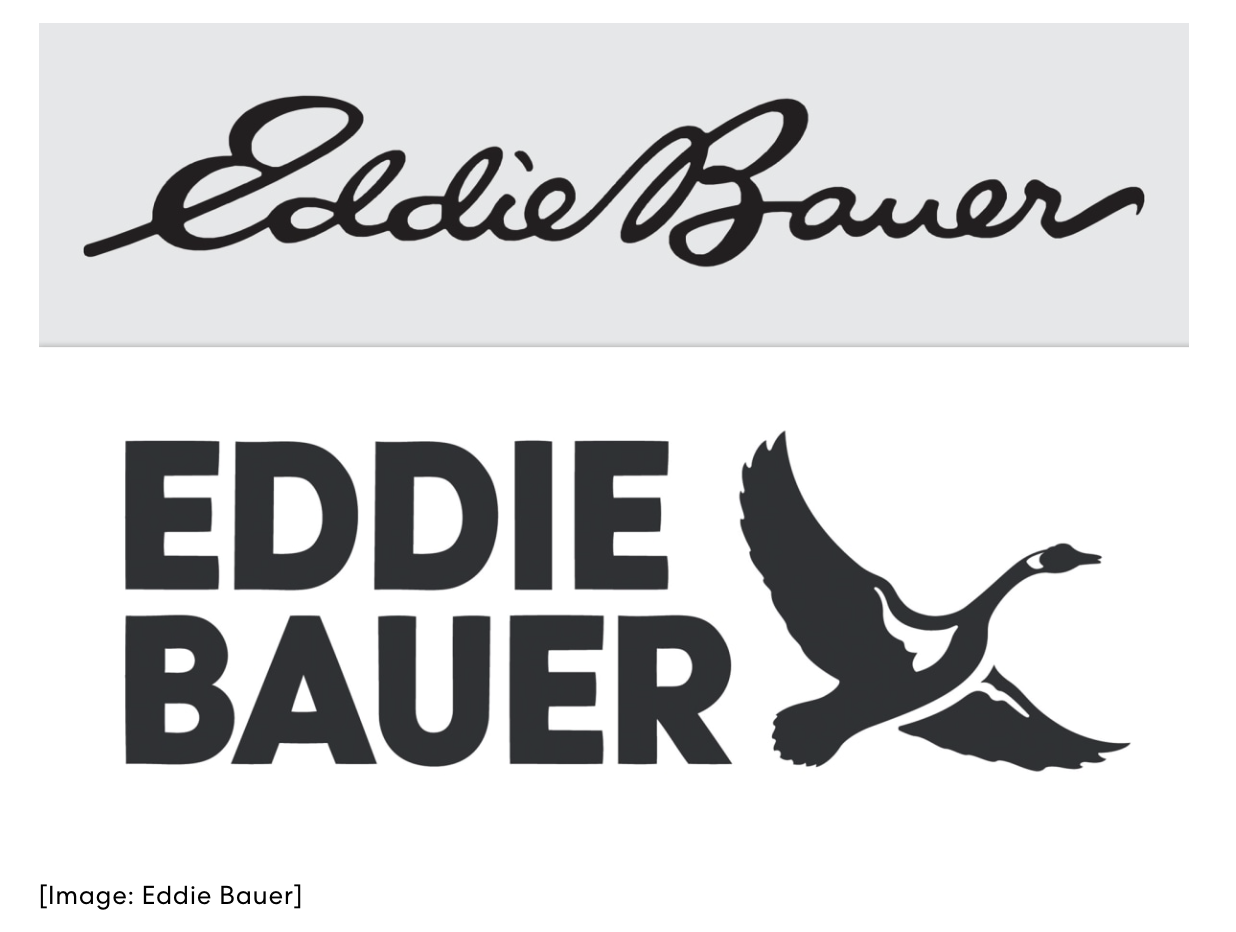Cursive writing, or the joining of letters without lifting the pen from the paper, dates back to the 18th and 19th centuries in North America but enjoyed popularity during the 15th-century Italian Renaissance and even before that. The history is somewhat scattered but does seem tied to writing speed as much as style.
The reduction in popularity of cursive writing is blamed on several factors, among them students fearing lower marks if their handwriting wasn’t legible, the challenges of conditions such as dyslexia and in more recent years the rise in the importance of keyboarding skills. Educational institutions began sidelining the teaching of cursive writing some, such as those in Ontario, saying it was optional beginning in 2006. My own experience with cursive writing comes from my university years, precomputer, where a professor stood behind me during an open book exam for an extended period of time. Finally, he leaned down and said that my large, loopy, backhanded writing was certainly beautiful however he couldn’t understand it therefore I was to come to his office and read it to him so that he could grade me properly.
There is an argument that can be made that teachers who were educated in an environment that didn’t teach cursive writing would be unable or unwilling to teach it in their own classrooms. This is similar to the teaching of grammar being minimized and then abandoned throughout the 1960’s and 1970’s in many countries including Canada, USA, New Zealand, England and Australia. We now have generations of people who lack an understanding of language structure which has given rise to AI apps such as Grammarly which can assist by highlighting spelling, grammar, punctuation, clarity, engagement and delivery mistakes and suggest more grammatically correct replacements. Using language correctly is, perhaps, one of the fundamentals that separates those who will advance in certain careers from those who cannot. Could an inability to read cursive writing have the same effect?
We now see corporations like Eddy Bauer altering their logos to be more recognizable. CEO Tim Bantle was recently quoted in a Fast Company article saying, “A big part of what I’m going to need to do here is reintroduce this great heritage brand to the next generation,” Bantle says. “And kids don’t even learn to read cursive in school anymore.” At the same time, cursive is seen by many in the design world as being an artistic expression.
Perhaps Eddy Bauer moved too quickly as cursive is now being reintroduced. On October 13th Governor Newsom of California joined twenty other US states by signing a bill that requires the teaching of cursive writing in grades one through six. Similarly, the Ontario provincial government mandated the teaching of cursive writing beginning in grade three as of the start of the 2023/2024 school year. The London Free Press reports, “Cursive writing has been added to the Ontario curriculum because research shows fluent handwriting ”provides students with more opportunities to express their thinking,” the Education Ministry says. It also helps to develop fine motor skills, increases word retention and a child’s ability to understand words.” This is in response to the Ontario Human Rights Commission’s Right to Read Report which designates reading as a basic and essential human right and noted that too many students were not reading well.
Cursive writing is still sparking much debate around the world. What was never questioned remains a divisive issue in many countries and local school boards. Depending on where you live, you may still be able to use cursive as a secret language to fool your children and grandchildren. My large, loopy, backhanded cursive is guaranteed to fool my grandchildren regardless. It often fools me.






Add Your Voice
0 Comments
Join the Discussion